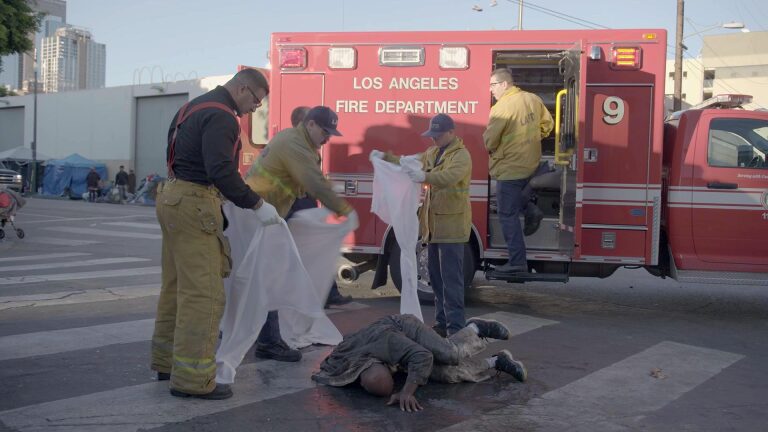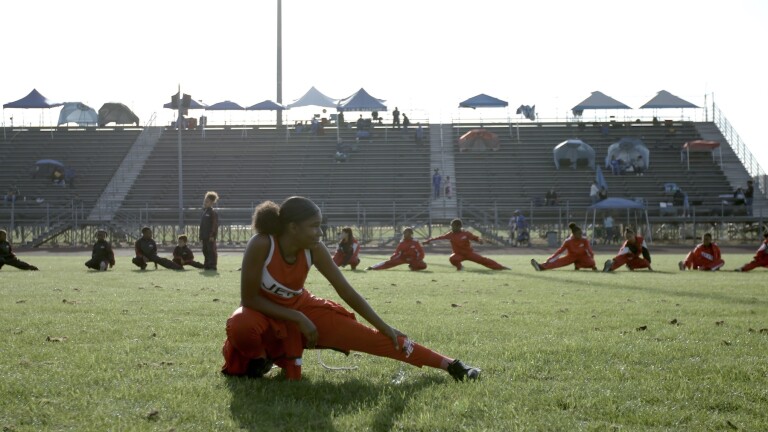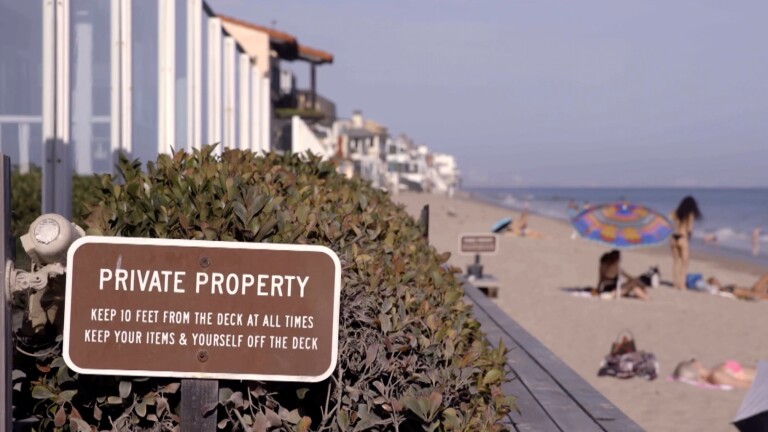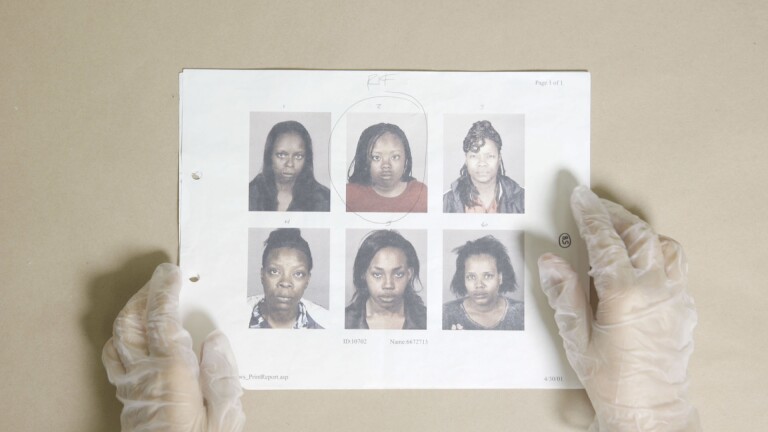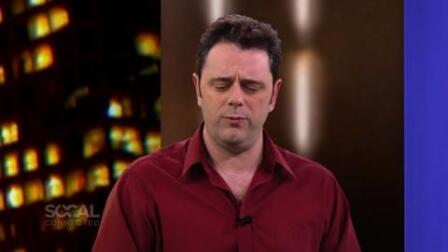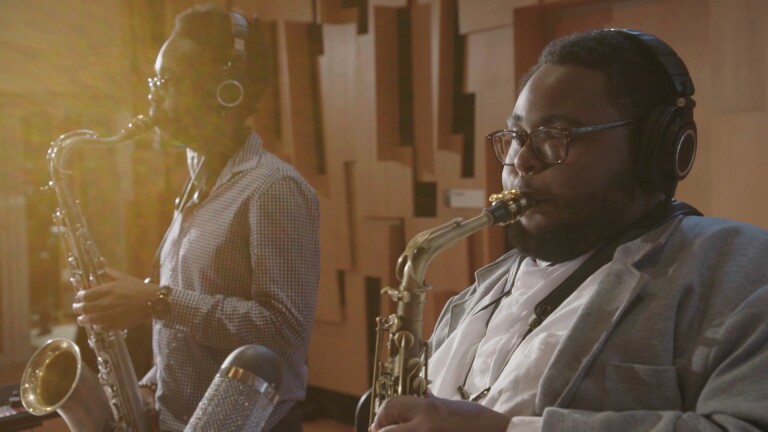
Young Athletes, Not Just Pros, at Risk for Life-Threatening Concussions
Professional football players know all about playing through the pain. It comes with the job. But what about college athletes, or high school students, or 12-year-olds? Should a game put a child in danger? As ever younger players try to emulate the big guys, one injury is not only ending careers, but endangering lives.
Transcript:
Ridley: From pee-wee leagues all the way to the pros, football is the ultimate contact sport. A real head game! In high school, football accounts for two out of every three sport-related concussions. At his young age, Nick Nordstrom has already racked up three of them.
Nordstrom: It doesn't always hurt immediately. Usually the first sign you feel is dizziness and nausea, and after that kind of comes through, then you usually feel the pain. You start to think back 'Oh! What happened?'
Ridley: You don't have to be knocked out to get a concussion, says Dr. Tracy Zaslow of Children's Hospital in L.A.
Zaslow: It can be just a ding, or a bell rung, feeling a little out of it, so it can be very subtle symptoms.
Ridley: So, we hear the term concussion all the time, but what is a concussion?
Zaslow: It's an injury to the brain that happens when the brain -- which is kind of this soft structure, in the skull, which is a hard structure -- when there's an impact to the skull or just a quick movement of the head, such that the brain moves in the skull. That causes a concussion.
Ridley: You'd think the latest and greatest polycarbonate helmets offer plenty of protection. But not so fast, says Dr. Adam Bartsch, a researcher at the famed Cleveland Clinic. He conducted impact tests using both modern and vintage helmets. Leather helmets. The kind worn nearly a hundred years ago. The findings of this first-ever study surprised even the researchers.
Bartsch: What we found was actually that both helmets were, more or less, equally bad.
Ridley: That's because modern helmets are designed to prevent skull fractures, what Bartsch calls "kill shots," the 100- to 200 g-force mega hits you see in NFL games. Instead, Bartsch retrieved data from the heads of crash test dummies to research something that's much more typical in high school play.
Bartsch: What we were more interested in are the lower-g hits, those under 100 g's. So, in our study, we tested hits of 60 g-forces and below. However, these hits are important because they're about 99 percent of all the hits you might see on the field in high school and they may be the hits partially responsible for long-term damage, if that's attributed to getting hit in the head on the football field.
Ridley: Yep, you heard right. This typical helmet used by millions of kids offers about the same level of protection as an antique helmet used a hundred years ago. This was designed to prevent fractures, but a helmet that prevents concussions hasn't been designed yet. But not all concussions happen during games. Interestingly, the majority of higher-level impacts occur during practice, which is why the Orange Lutheran Lancers have been wearing these odd-looking, orange helmet covers since football practice began in the summer. They're called Guardian gel caps, and at first, most players were underwhelmed with them.
Kodiak Brush/Orange Lutheran High School Senior: When I first saw it, I thought, "What the heck are those things?" I wasn't very fond of them at all.
Tavi Jimmerson/Orange Lutheran High School Senior: It was kind of awkward, 'cause it made the helmet looks very big, so at first, you know, style, everybody likes style at our age. But at the position I play -- fullback -- I get hit a lot, but with the gel cap, it's way better for us, because we can't really feel contact, and that's the reason I really like it.
Chuck Petersen/Orange Lutheran High School Football Coach: I didn't know they existed until a parent asked me to look at the website. Once I looked at the website and talked to the sales rep in this area, then it became a little bit more of something that I felt like we should at least explore.
Ridley: At a cost of over $60 each, the caps are out of reach for most teams, but for this high-end private school, the coaches, trainers, and the athletic director thought it was money well-spent.
Gunnar Wolfe/Parent: This season with the guardian caps, this is the first time -- you still see the collision; you don't hear the thud. You don't have the kids standing up having some sort of dizzy issue.
Ridley: In a recent study looking at football injuries over an 18-year period, researchers found a 27 percent increase, jumping from about 275,000 in 1990 to nearly 347,000 in 2007. But exact concussion statistics are harder to tackle, mostly because so many concussions go undetected or because players hide how they're feeling. It happens all the time.
Matt Jaeger/Orange Lutheran High School Senior: You just want to get back out and support your bros, and get back out there and fight and try to win the game, even if you have a concussion, or whether being an injury, whatever it is. You just wanna get back out there, try to get in and hit some people.
Ridley: Above all, concussion experts fear that too many high schoolers mimic under Friday night lights what they see on Sundays in the N.F.L. The real danger with overly aggressive play is that young athletes are particularly vulnerable to something called S.I.S., Second Impact Syndrome. Even in the late teens, the brain is still developing, and the neck isn't as strong as it is in adulthood, allowing the brain to move more vigorously within the skull during a hit.
Ridley: So you told us about concussions, but what is Second Impact Syndrome?
Zaslow: Second Impact Syndrome is a problem that occurs when a second injury is sustained before the first injury has completely resolved, and it can lead to rapid swelling in the brain with a 50 percent chance of death.
Ridley: I just want to be clear. You said 50 percent of people with Second Impact Syndrome could potentially die?
Zaslow: Yes! And that's the risk. That's part of the reason why physicians were so strict about kids not going back into sport after a suspected concussion.
Ridley: And Dr. Zaslow says that second hit doesn't even have to be especially hard. California is one of 38 states with a law mandating that any athlete suspected of having a concussion be taken out of the game until evaluated by a medical professional and given written permission to return to play. It's called the "Lystedt Law" named after Zackery Lystedt , a teenager in Washington state , who was permanently brain-damaged after getting two concussions in a middle school game.
Ryan Lisk/Orange Lutheran High School Head Trainer: We have many football players come through and play football. In fact, probably the majority of them come through and never have a concussion -- which is ultimately the goal -- but the reality of the situation is that this is a contact sport and you're gonna be encountering concussions.
Ridley: Which is why these athletes are about to take an unusual test.
Lisk: This is a baseline concussion test. It doesn't mean you have a concussion or that you'll get a concussion. These current symptoms are how you feel right now.
Ridley: Called the "Impact Test," the computerized program was developed by a noted concussion specialist and medical researcher. It's another way Orange Lutheran is being proactive about concussions.
Lisk [to athletes in front of computers]: When your screen reads "sports & health history" and the very first box is the number of times you've been diagnosed with a concussion, please stop and wait for my instructions.
Ridley: The football team took the test earlier. Now, it's the basketball team's turn. The test identifies each player's cognitive function, memory, and reflex time before game season starts. The test can then be re-administered after a player is suspected of having a concussion. If anything's odd or off, the computer program knows it.
Lisk: It's very clear on the test results where the students are lacking, whether it be in memory recall or cognitive function, it's very clear when there's a deficit. You can really see when someone was functioning at quote-unquote normal, and then now, where those results vary.
Payton Banks/Orange Lutheran High School Senior: Yes, the test was very interesting. I missed a couple. I'm not gonna lie. It was a very different test. I was not used to that type of test. It took a lot of focus.
Nordstrom: Sounds funny, but I hope to be 70, 80, 90, 100. Hopefully these concussions won't stop me from getting there. I don't like to think about it, but it's reality. This is what it is.

